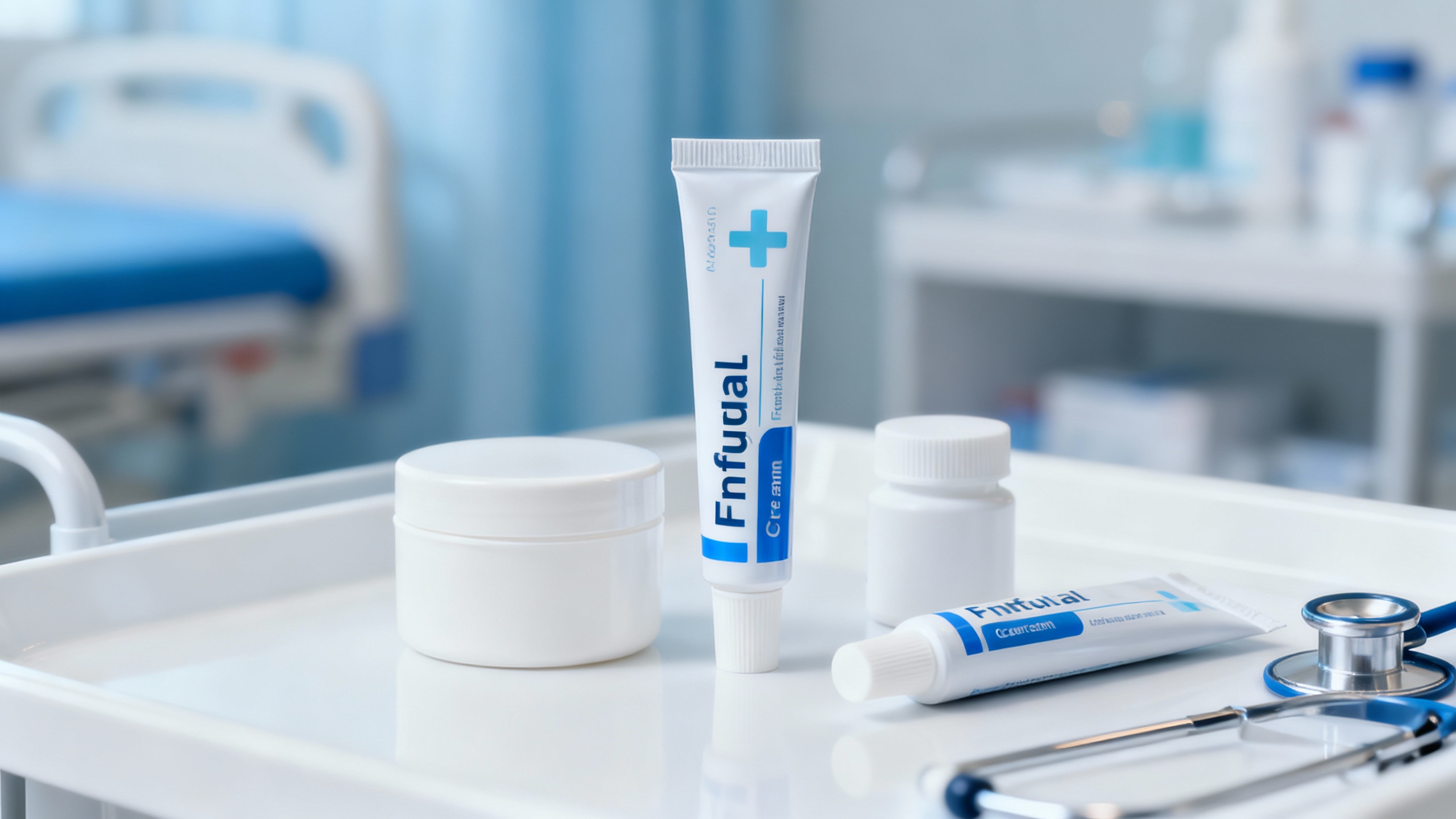Published 12 July 2023
Comparing Effective Over-the-Counter Antifungal Creams: Which One Should You Choose?

Nail fungus, also known as onychomycosis, is a common condition that affects many individuals worldwide. It can cause discomfort, embarrassment, and impact your overall well-being. If you’re dealing with nail fungus, you may be considering over-the-counter antifungal creams as a treatment option. In this article, we will explore the causes, symptoms, and available treatments for nail fungus. We will also compare and contrast different over-the-counter antifungal creams, helping you make an informed decision on which one to choose for effective treatment.
Understanding the Causes of Nail Fungus
Nail fungus is primarily caused by fungal organisms called dermatophytes. These fungi thrive in warm, moist environments and can enter the skin through small cuts or separations between the nail and the nail bed. Several factors can increase the risk of developing nail fungus:
- Poor Foot Hygiene: Inadequate cleaning and improper maintenance of your feet can create an ideal environment for fungal growth.
- Warm and Moist Environments: Walking barefoot in public showers, swimming pools, or locker rooms can expose your feet to fungal infections.
- Wearing Tight Shoes: Shoes that are too tight or don’t allow proper ventilation can trap moisture and contribute to fungal growth.
- Weakened Immune System: Certain medical conditions, such as diabetes or immune disorders, can weaken the immune system and make you more susceptible to nail fungus.
- Age and Genetics: As you age, the blood circulation to your feet may decrease, making it harder for your body to fight off infections. Genetics may also play a role in your susceptibility to fungal infections.
By understanding the causes of nail fungus, you can take preventive measures to reduce your risk of developing this condition.
Recognizing the Symptoms and Impact on Daily Life
Nail fungus can manifest with various symptoms, which may include:
- Thickened Nails: Infected nails may become thicker and harder to trim.
- Discoloration: The color of the affected nails may change, turning yellow, brown, or white.
- Brittle or Crumbly Nails: Infected nails may become brittle and easily break or crumble.
- Distorted Shape: The shape of the nails may become distorted or irregular.
- Foul Odor: Infected nails can emit an unpleasant smell.
The impact of nail fungus on your daily life can go beyond the physical symptoms. It can affect your self-confidence, limit your choice of footwear, and even cause pain or discomfort. If left untreated, nail fungus can spread to other nails or lead to secondary bacterial infections.
Exploring Treatment Options for Nail Fungus
When it comes to treating nail fungus, various options are available, including over-the-counter medications. These antifungal creams are designed to combat the fungal infection and restore the health of your nails. Let’s compare and contrast some of the popular over-the-counter antifungal creams:
1. Clotrimazole
- How it works: Clotrimazole is an antifungal medication that works by inhibiting the growth of fungi.
- Effectiveness: Clotrimazole is effective against a wide range of fungi that cause nail infections.
- Application: It is typically applied to the affected nails twice a day for several weeks.
- Side Effects: Side effects are minimal but may include skin irritation or redness.
2. Miconazole
- How it works: Miconazole is an antifungal agent that prevents the growth of fungi.
- Effectiveness: Miconazole is effective against various types of fungi that cause nail infections.
- Application: It is usually applied twice a day for a specified duration.
- Side Effects: Possible side effects include skin irritation, itching, or a burning sensation.
3. Tolnaftate
- How it works: Tolnaftate is an antifungal medication that disrupts the cell membranes of fungi, preventing their growth.
- Effectiveness: Tolnaftate is effective against certain fungi that cause nail infections.
- Application: It is generally applied to the affected nails twice a day for several weeks.
- Side Effects: Side effects are rare but may include skin irritation or allergic reactions.
It’s important to note that the effectiveness of these antifungal creams can vary depending on the severity and specific type of nail fungus. If your condition doesn’t improve after several weeks of using an over-the-counter antifungal cream, it’s recommended to consult a healthcare professional for further evaluation and guidance.
Practical Tips to Prevent Nail Fungus
Prevention is key when it comes to nail fungus. By adopting these practical tips and preventive measures, you can reduce the risk of developing nail fungus:
- Maintain Good Foot Hygiene: Wash your feet regularly with soap and water, and dry them thoroughly, paying attention to the spaces between your toes.
- Keep Your Feet Dry: Avoid prolonged exposure to moisture and ensure your feet are completely dry before putting on socks and shoes.
- Choose Breathable Footwear: Opt for shoes made of breathable materials that allow air circulation, and wear moisture-wicking socks.
- Protect Your Feet in Public Areas: Use protective footwear, such as sandals or shower shoes, in public showers, swimming pools, and locker rooms.
- Trim Nails Properly: Trim your nails straight across and file the edges to avoid ingrown nails or nail injuries.
- Avoid Sharing Personal Items: Do not share nail clippers, files, or other nail care tools to prevent the spread of fungal infections.
By incorporating these preventive measures into your daily routine, you can significantly reduce the chances of developing nail fungus.
Conclusion
When choosing an over-the-counter antifungal cream for nail fungus treatment, it’s important to consider the effectiveness, application process, and potential side effects. Clotrimazole, miconazole, and tolnaftate are commonly available options that can help combat nail fungus. However, if your condition persists or worsens despite using these creams, it’s advisable to seek medical advice for further evaluation and treatment options. Remember to combine treatment with good foot hygiene practices and preventive measures to minimize the risk of recurring nail fungus. With the right approach and commitment, you can effectively address nail fungus and restore the health of your nails.
